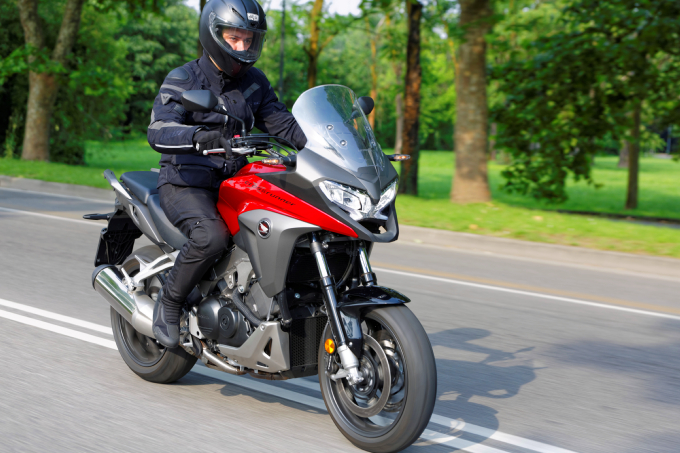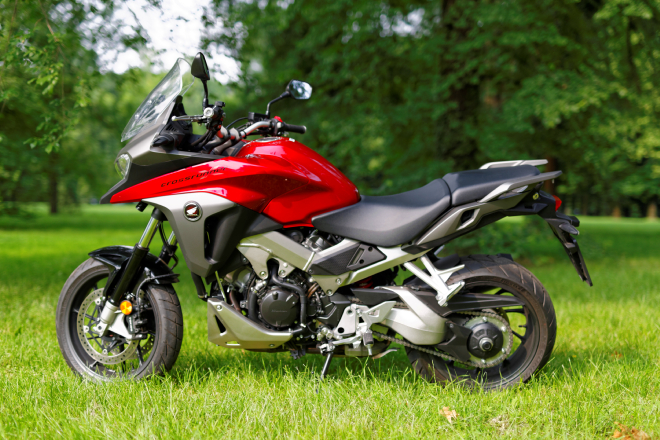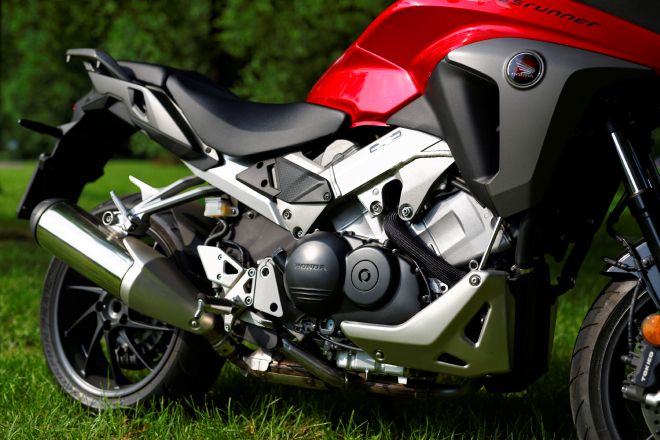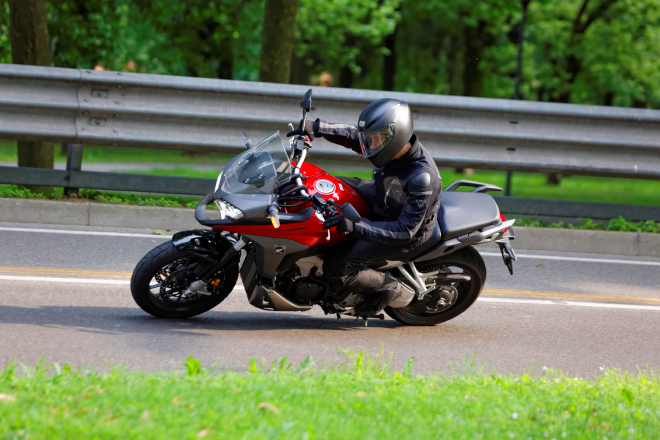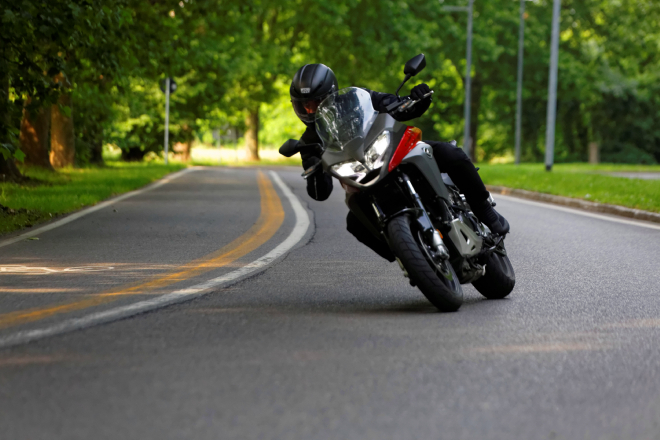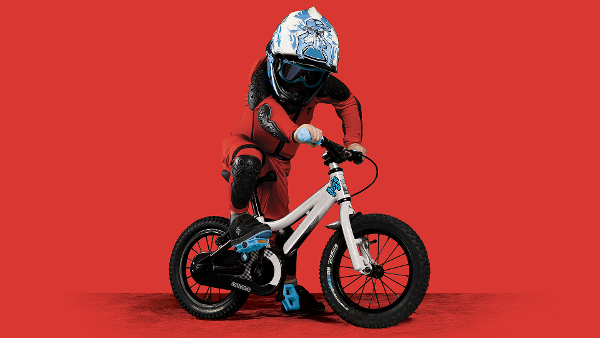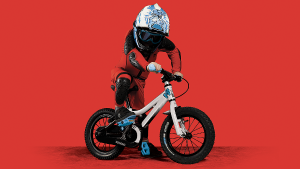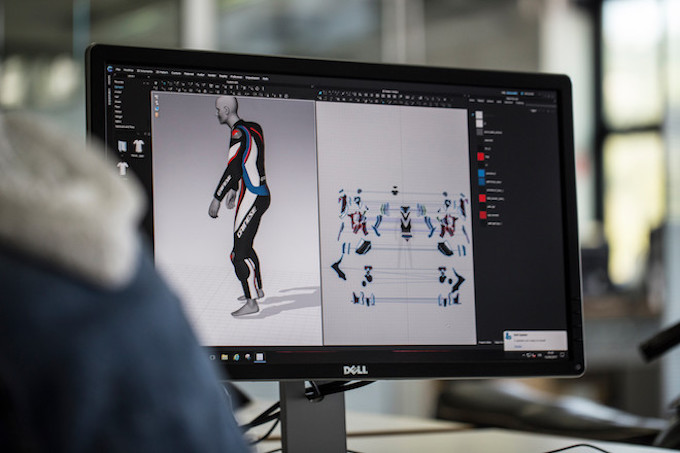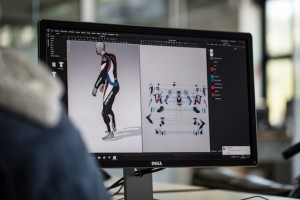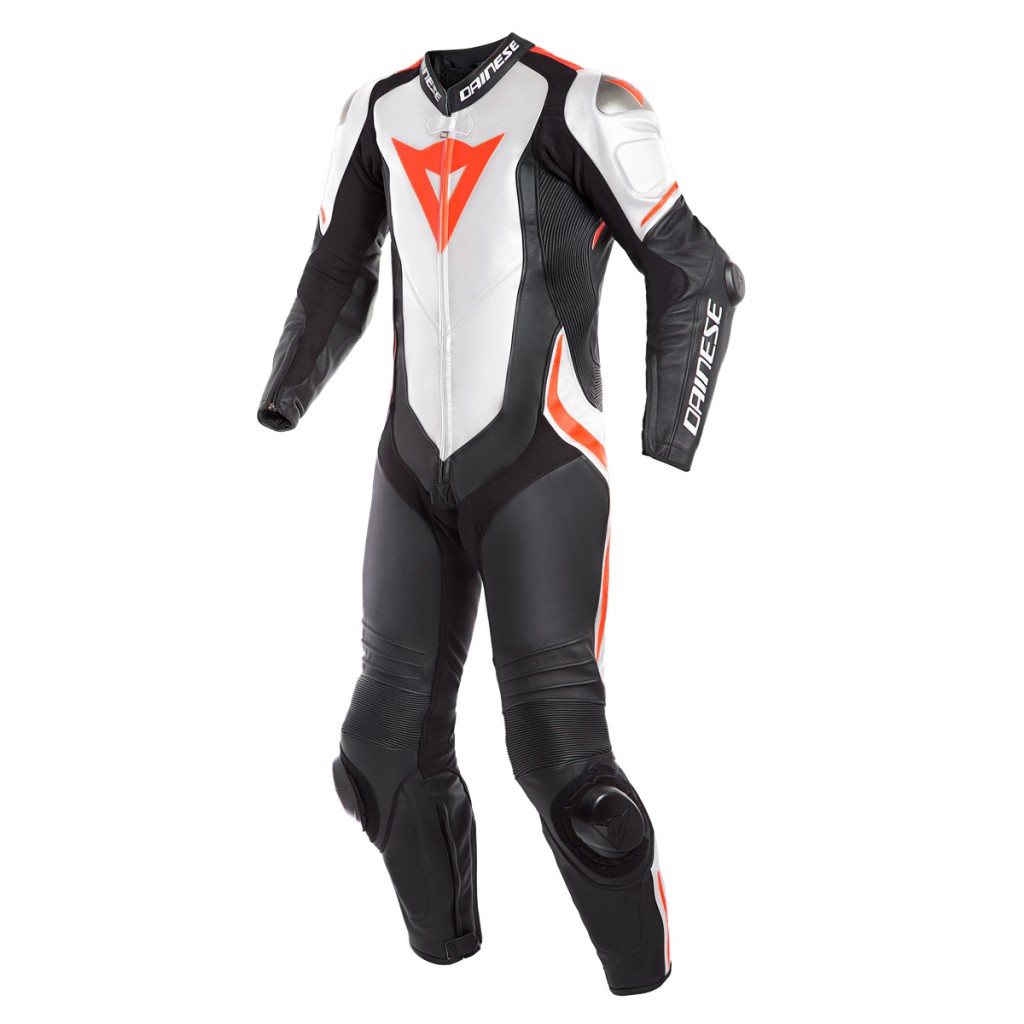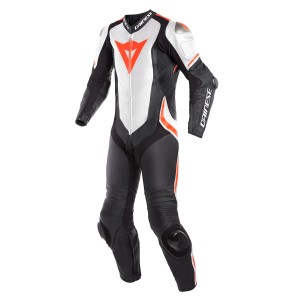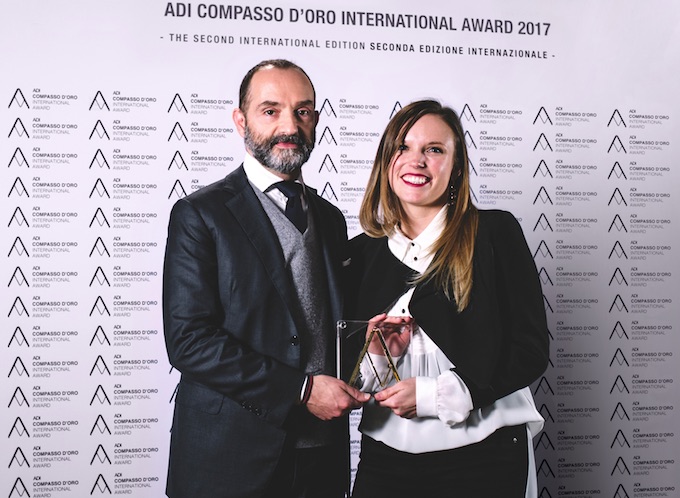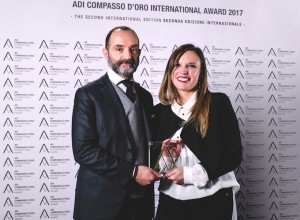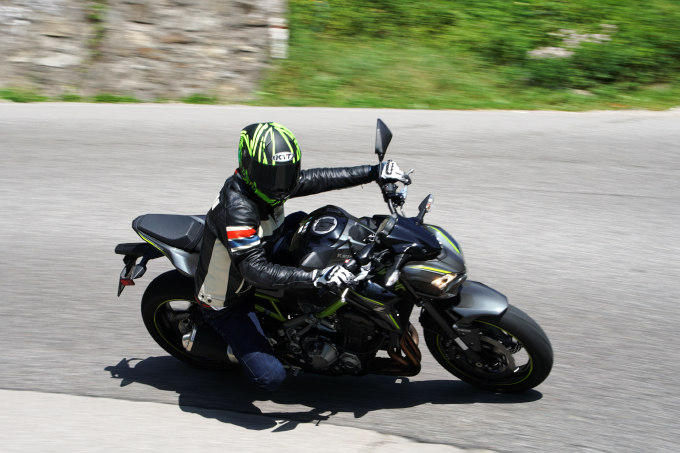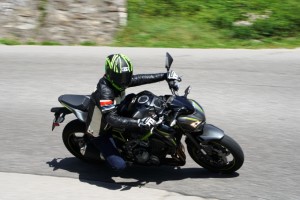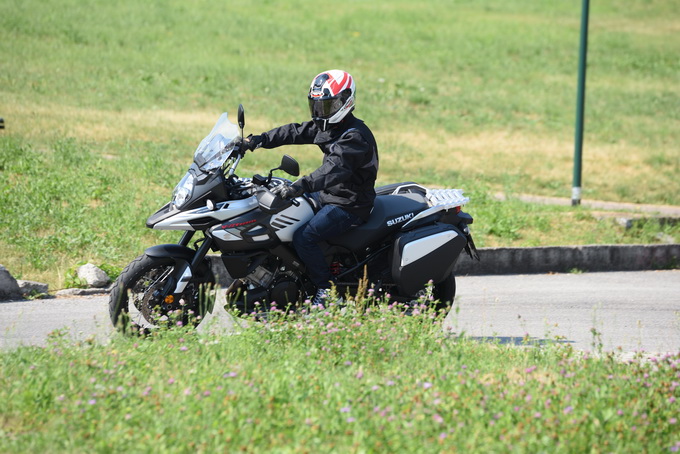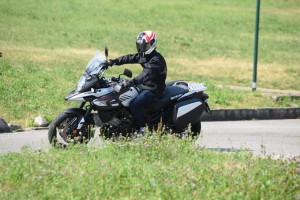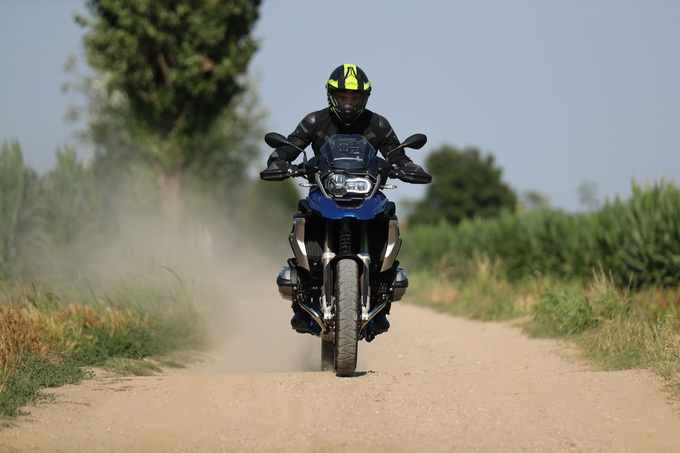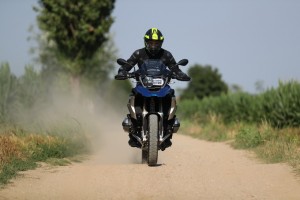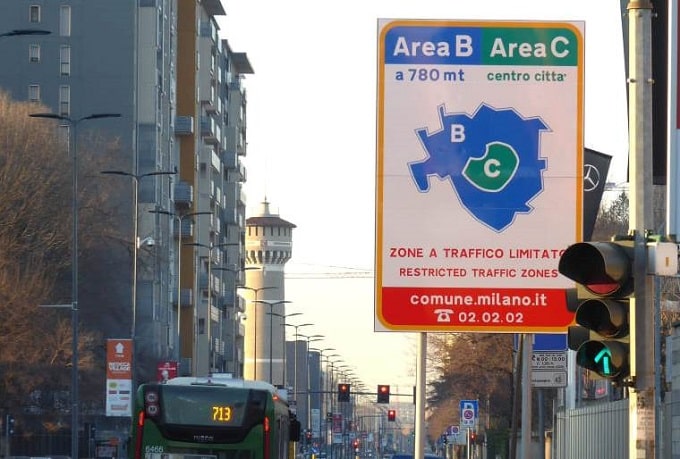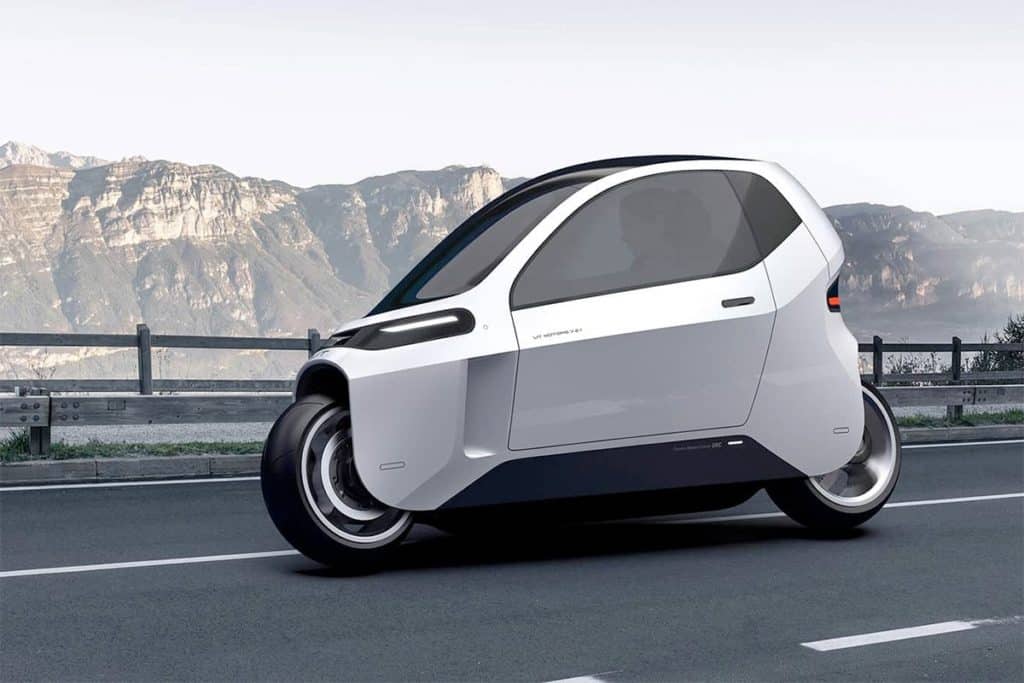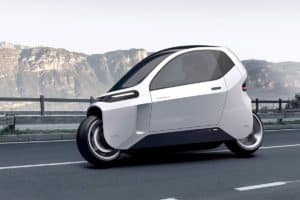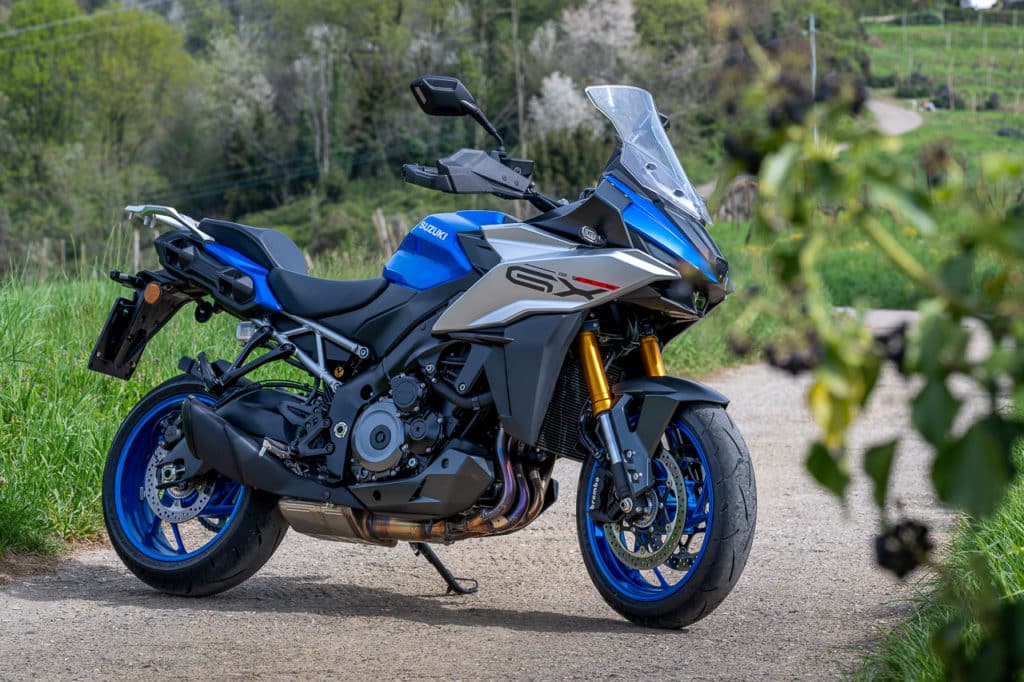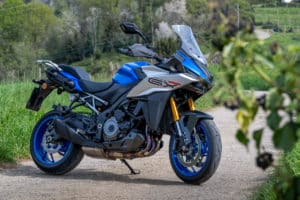Honda VFR800X Crossrunner, 2015 road test
In 2011 he created a genre, the second series, revolutionized and perfected, is much more convincing
Honda Crossrunner: Fashion wants motorcycles to be tall and comfortable. Once upon a time, the concept of a touring motorcycle was instead linked to models such as the first VFR series, which were among the first to combine the pleasure of riding with good comfort, without disdaining a turn on the track for those who were more savvy. Now we go to the track with more specialized bikes, while everyday products must favor versatility and 360° usability. As in 2011 Honda churns out an idea that is anything but bad: combining the V4 VTEC 800 engine and high-riding, bringing to light the first Crossrunner. Some appreciated it, others less, certainly from an aesthetic point of view it had to cover the two large side radiators with side panels which ended up making it large and with a look that no one could define as sporty and aggressive. Even when driving, the choice of an intermediate position, a compromise between a crossover and the model from which it takes the engine, ended up convincing few. As instead of a mid-career makeover, Honda basically remade the bike this time, which also partly changes its name on this occasion. In addition to Crossrunner, a noble acronym appears, VFR800, combined with the X for crossover. What But the biggest change is the look of the bike, now much more refined and sporty, less plastic and more metal in sight, but not only that. Are The chassis and suspension are largely new and also the engine benefits from the improvements introduced last year on the new VFR800F. All this makes it a much more attractive motorcycle for our market and also better to ride.
Aesthetics and finishes:
rating: 
A giant leap forward to say the least!
Photo by “LINGEGNERE”
Aesthetic taste is subjective, but the first Crossrunner was objectively...not beautiful. Personal tastes aside, the choice to give her a look that was partially reminiscent some concepts borrowed from the world of scooters it was questionable and the result was anything but commendable. So much so with the second generation the cut that has been made is clear and immediately visible. You might even think that it is no longer the same model. The wide and awkward (as well as plasticky) sides that masked the side radiators disappear, the covers, also made of plastic, on the handlebars disappear (in our opinion one of the worst details of the first series). It now presents itself as a sporty and well-sculpted touring enduro bike, with small tapered sides that leave much of the mechanics in plain sight, including the beautiful V-shaped engine, the wonderful single-sided swingarm very similar to that of the new VFR800F, as well as from modern face thanks to the fully LED headlight (the same as its road sister) which draws a front X, combined with the indicators, also LED, with integrated daytime running lights. The tourist and kilometer-eating vocation emerges clearly from details such as the front fairing (although we will see that the aerodynamic protection with the standard one is not the best) and from the perfectly integrated and almost invisible attachments for the side bags, in addition to the saddle which just looking at it anticipates the great comfort it is able to provide the driver. The handlebar grows by 8,8 centimeters in width and moves back by two, modifying the ergonomics for the better (even the footrests change arrangement), clearly superior and much more suitable for the type of motorbike. The new, much slimmer look of the Crossrunner derives from the choice to do without the lateral radiators, for a more classic solution, with two front elements. The level of finish and quality of construction are very good, aligned with the not exactly cheap price of the Crossrunner. The instrumentation is complete and follows that of the VFR800F, with a very readable display, even in bright light.
Engine and performance:
rating: 
The usual excellent VTEC (who likes it though) which knows how to unite two opposing souls
Photo by “LINGEGNERE”
Every time we get on a motorbike with this engine we are impressed, there is no doubt about it. Honestly, at the end of the test, the opinions of those who are enthusiastic supporters of the V4 with variable valve timing appear to be equally agreeable, as are those of its detractors. In other words, we fully agree halfway (quoting a mispronunciation that has become famous) with both. Let's take a few steps back. VTEC was a great invention, a system capable of giving two souls to the same engine, which turns sly and with only two valves up to 6.700 rpm, and then becomes sporty, almost angry, beyond the opening speed of the second two valves. The main purpose is to contain consumption of an engine with an architecture that is excellent in terms of performance and above all for taste and delivery, but not from the point of view of consumption. So on the sixth gear motorway you travel up to around 160 km/h with 2 valves per cylinder, while on the right road, when you want to have fun, you have a 4-valve V16 with a very captivating sound and which demonstrates more than the declared 106 horsepower, thanks to an exuberant supply. So far everyone is happy, but on the other hand the problem is that this system is very ineffective in supporting the driver. In essence it does not react to how much the throttle is opened, because the timing varies only according to the speed. So if you are below the fateful threshold of 6.700 thousand rpm, even when you open the throttle the engine remains docile and calm, while above it in some cases it is almost too aggressive. You have to get in tune with it and support it correctly with the use of the gearbox, in order to exploit its undeniable advantages, but if you don't adapt your driving style you end up hating it. This time too, as in other cases, at the beginning of the test we weren't enthusiastic about it, but when we separated from the Crossrunner at the end of the test we thought very differently. Personal impressions aside the 782 cc 4° V90 is the same as the new VFR800F, including the package of improvements introduced last year, among others has 4 more horsepower and more torque at mid-range. The power is in fact 106 horsepower at 10.250 rpm, even if it reaches almost 12 thousand, while the 75 Nm of torque reaches 8.500. The electronics help to contain the exuberance thanks to the traction control, this is an absolute novelty and more advanced than its road sister. The HSTC system (Honda Selectable Torque Control) has in fact three modes: OFF, or two levels of intervention, one less invasive and the other more dedicated to safety. Beyond the two characteristics that it manages to combine, the engine has an extraordinarily extended range of use, because it resumes from just over 1.000 rpm and extends to almost 12.000 rpm. In the second half of the rev counter it then becomes one of the most fun in its category, the throw is incredible and the sound entices to get serious. As an option you can have it with the Quickshifter gearbox. with electronic uphill assistance, thanks to which you can shift without the clutch and with the throttle wide open. The result is very good, with smooth gear changes even when carried out at low speeds, unlike many competing systems. The only problem, in this case, is that neutral is often found between fourth and fifth and between fifth and sixth, which is truly singular for a Honda gearbox, historically one of the most free from these problems.
Ride and handling:
rating: 
The new chassis is excellent, the ergonomics have clearly improved
Photo by “LINGEGNERE”
If the steps forward from an aesthetic point of view have been important and the engine benefits from an interesting package of innovations, It is in driving and ergonomics that the Crossrunner changes perhaps the most. The new 8,8 centimeter wider handlebar offers a much more touristy and convenient location. The footrests also allow you to get off after a long transfer without your knees locked, while in more dynamic driving you immediately feel at ease to manage the 242 Kg of the Crossrunner with a full tank of petrol. You wouldn't even think that the size is that high it is balanced and easy to drive. Apart from the tendency of the front fork to sink rather quickly in the first portion of its travel, the chassis is very good in any type of use. The rear single-sided swingarm is pivoted directly onto the crankcase (pivotless), the spectacular-looking swingarm is derived from its sister VFR800F and is combined with a fully adjustable monoshock absorber. In front we find one traditional type fork (not with upside down stems) Showa with 43 mm closed cartridge type stanchions, combined with preload and hydraulic adjustment for return. By default the setting is rather soft, but it allows you to drive in a fairly sporty way without major problems. By operating on the adjustments you can obtain a sharper response, for those who want to dare more especially on fast speeds. Important news also from the brake sector, where combined braking disappears, always unwelcome to the most savvy and experienced motorcyclists, while two large 310mm floating discs are bitten by Tokico radial mount calipers. As is customary at Honda, ABS is standard. Braking is well modulated and always smooth, even after intensive use of the brakes. After driving it it is much more natural to compare it with the current VFR800F rather than with the old Crossrunner. In fact, it differs greatly from the latter, for the better in our opinion, while compared to its road-going sister it highlights very similar qualities and qualities in sports driving, with the great advantage of offering a much more comfortable and touristic driving position. Obviously something is lost in terms of stability at very high speeds, where the VR800F absolutely excels, but we are talking about speeds at which on open roads it would only be possible to travel on a German motorway... From this point of view also the aerodynamic protection offered by the windshield (not adjustable) remains adequate only up to approximately 130 km/h, a threshold above which the neck is exposed to moderate stress.
Price and consumption:
rating: 
Rich equipment that is paid for with the list price of 12.500 euros
Photo by “LINGEGNERE”
The VTEC system avoids the cost of high consumption which would have a V4 engine of its own. Thanks to the innovations introduced last year with the VFR800F the declared data manages to improve quite a bit, it is now in fact 18,8 km/l compared to 16,3 before. The 20,8 liter tank should therefore guarantee an important autonomy, close to 400 kilometres. In use, real consumption depends very much, and it is quite obvious that this is the case, on the use of the engine. It is possible to stay below the threshold of 6.700 rpm even around 20 with a liter, such as on the motorway at 130 km/h, while above you go down to zone 13, even less on the guided routes if you get carried away. On average in our test the value stood at just over 16. The Crossrunner has good standard equipment, among other things we also find heated grips (on 5 levels), traction control and a height-adjustable saddle. This, together with the quality level of the bike, leads to a rather significant list price, with 12.500 euros requested. The VFR800X is available in three colors: black and white in addition to the red of our test specimen, with the possibility of choosing between three setups. The Touring offers bags and a central stand, the Adventure has an engine protection bar and bags and finally the Sport with exhaust and Quickshifter gearbox. With 13.990 euros (introductory price offer) you can take home the Travel Edition, equipped with a package of accessories which, if purchased separately, would cost a whopping 2.650 euros. A customer advantage which is therefore 1.160 euros.
PROS AND CONS
We like it:
Definitely improved look, VTEC treble delivery, comfort and driving pleasure
We do not like it:
High consumption in sports use, VTEC delivery at low levels
Honda Crossrunner: the Motorionline Report Card
| Motor: |      |
| Handling: |      |
| Gearbox and transmission: |      |
| Braking: |      |
| Suspensions: |      |
| Guide: |      |
| Pilot comfort: |      |
| Passenger comfort: |      |
| Equipment: |      |
| Quality price: |      |
| Line: |      |
| Consumption: |      |
Photo of the test by “LINGEGNERE”
Test clothing:
Jacket: Dainese Carve Master Gore-Tex
Trousers: Dainese New Galvestone Gore-Tex
Gloves: Dainese Scout Evo Gore-Tex
Boots: Dainese Latitour GoreTex
Helmet: AGV GT-Veloce E2205 Solid Mat Black
if you want to always be updated on our news
Follow us here

